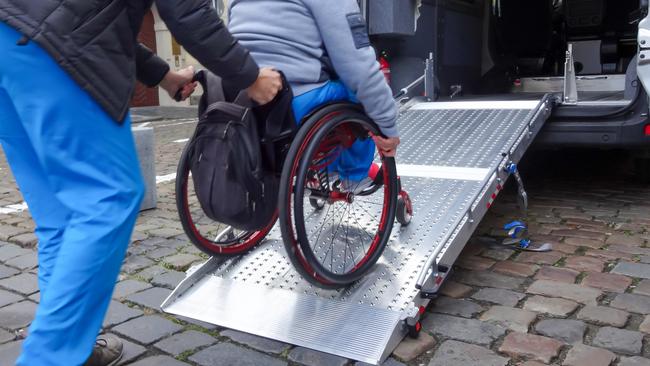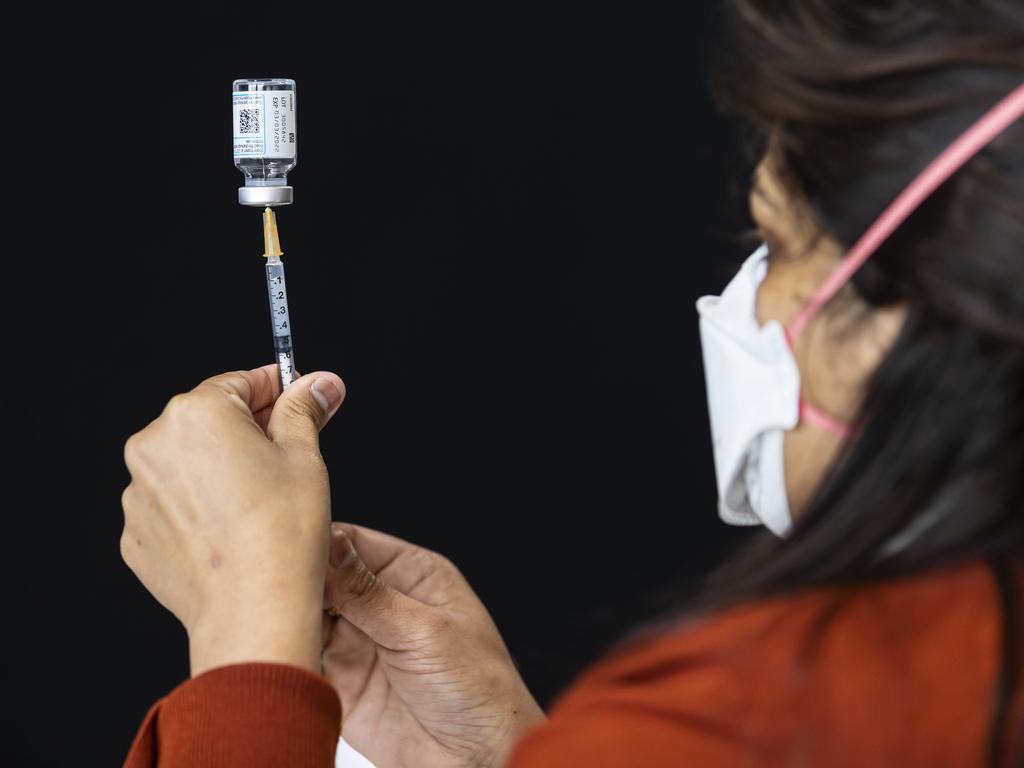Budget 2022: NDIS a 10-year debt burden
The deficit will be worse in 10 years than it is today, thanks in large part to the ballooning cost of the NDIS.

The deficit will be worse in 10 years than it is today, thanks in large part to the ballooning cost of the NDIS, which has contributed to a more than doubling in the structural gap between government revenue and payments to more than $50bn.
On Tuesday night Jim Chalmers claimed credit for banking almost all of an additional forecast $132.5bn tax windfall over four years in a budget that placed a “premium on restraint” to avoid fanning the inflationary fire, but did not make a meaningful start on long-term fiscal repair.
“While the temporary revenue boosts we are getting from higher employment and higher commodity prices will fade and fall, the profound and permanent spending pressures on the budget are forecast to grow and grow,” Dr Chalmers said in his speech.
In his first budget, the Treasurer unveiled an estimated $36.9bn underlying cash deficit in this financial year – a $41.1bn improvement on the forecast immediately before the May election.
The welcome result was driven by a substantial $57.3bn upgrade to forecast tax receipts in 2022-23 as the Ukraine war drove commodity prices and export earnings higher, and more Australians in work and fewer on welfare payments.
The budget documents showed a further $12.5bn improvement in the anticipated budget in 2023-24 as a slowing economy dampened future upgrades to tax receipts.
In 2024-25 and 2025-26, however, the federal deficit was forecast to blow out to $51.3bn and $49.6bn, respectively – a combined $11bn deterioration versus the pre-election fiscal update, as Treasury said “payment pressures related to higher prices, higher debt servicing costs and pressures associated with delivering essential services outweighing improved receipts”.
Deficits continued to increase out to 2032-33 to reach 1.9 per cent of GDP versus an estimated 1.5 per cent in the current year. The structural deficit of about $52bn was more than double the nearly $20bn, or 0.75 per cent of GDP, estimated in the last budget.
Dr Chalmers said inflation was “the primary influence” on the budget. He defended his decision not to offer additional assistance to households to deal with spiralling cost-of-living pressures – including an anticipated 30 per cent jump in power bills in this financial year followed by a further 20 per cent in the next – and climbing mortgage repayments, warning against “counter-productive” support.
He said the $7.5bn in support for households via cheaper medicines and childcare was carefully calibrated to help Australians without making the Reserve Bank’s inflation-fighting job harder.
“The worst thing that we could do is to contribute to even higher inflation,” Dr Chalmers said.
The Treasurer flagged some urgency around the need for meaningful tax and spending measures before the next election. “Our responsibility is to put the budget on a more sustainable footing,” he said.
“I don’t think that work can wait for a further three or four budgets, and so we do hope to lead a conversation in this term (of government) on how we can get this budget back on a more sustainable footing in terms of some of these spending pressures, in terms of more restraint and in terms of further opportunities to trim spending.
“We’ve got more work to do in this term. So we will include and involve the Australian people in that conversation.”








To join the conversation, please log in. Don't have an account? Register
Join the conversation, you are commenting as Logout